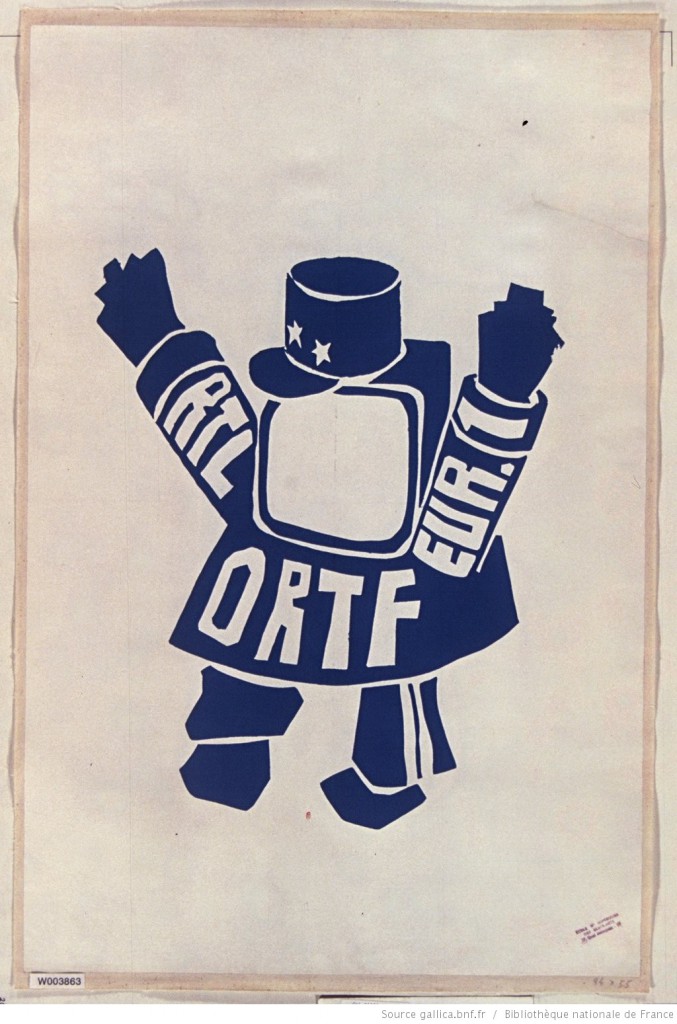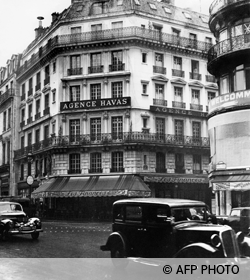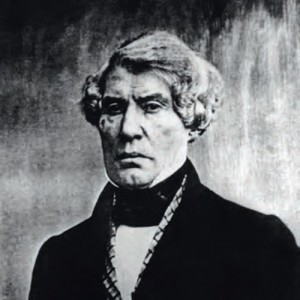Author: Benjamin Zenner

Conventional wisdom has it that whoever pays the piper calls the tune. When the Compagnie Luxembourgeoise de Radiodiffusion (CLR) took to the airwaves in 1931, much of the necessary capital came from French investors, mostly from the little-known yet influential Havas agency. Established in 1835, Havas is the oldest news agency in the world.
After World War II, Havas was nationalised by the French state. Until its privatisation in 1987, the company was a powerful tool for the French authorities to influence broadcasting at home and abroad. As aluded to in the caricature above, the French were interested in having francophile broadcasting stations (the so called ‘stations périphériques‘) in the neighbouring countries to make their voice heard around Europe.
While much of the capital behind RTL and its precursor stations came from France, the French authorities were never directly in control of the broadcasts. In fact, all Luxembourgish broadcasting stations were required to be politically neutral by law. Nonetheless, there have been a series of disputes between France, Luxembourg and the CLR about politically delicate topics, for instance about the 1958 Algerian crisis.
Contents
Sources:



Literature:
On the history of the Havas agency proper, see:
Lefébure, Antoine. Havas: Les arcanes du pouvoir, Paris: Grasset, 1992.
For information on the Havas agency’s (and more generally of French investors’) importance in the history of the CLR/CLT and later RTL, see:
David Dominguez Muller. Radio-Luxembourg: Histoire d’un média privé d’envergure européenne. PhD diss.: University Paris IV, 2001.
Denis Maréchal. RTL, 1933-1993: Un média au coeur de l’Europe, Paris: Editions Serpenoise, 1994.
David Dominguez Muller also wrote two interesting articles for the magazine ‘Ons Stad’, published in Luxembourg City. They are available online:
RTL: station périphérique au rôle central
